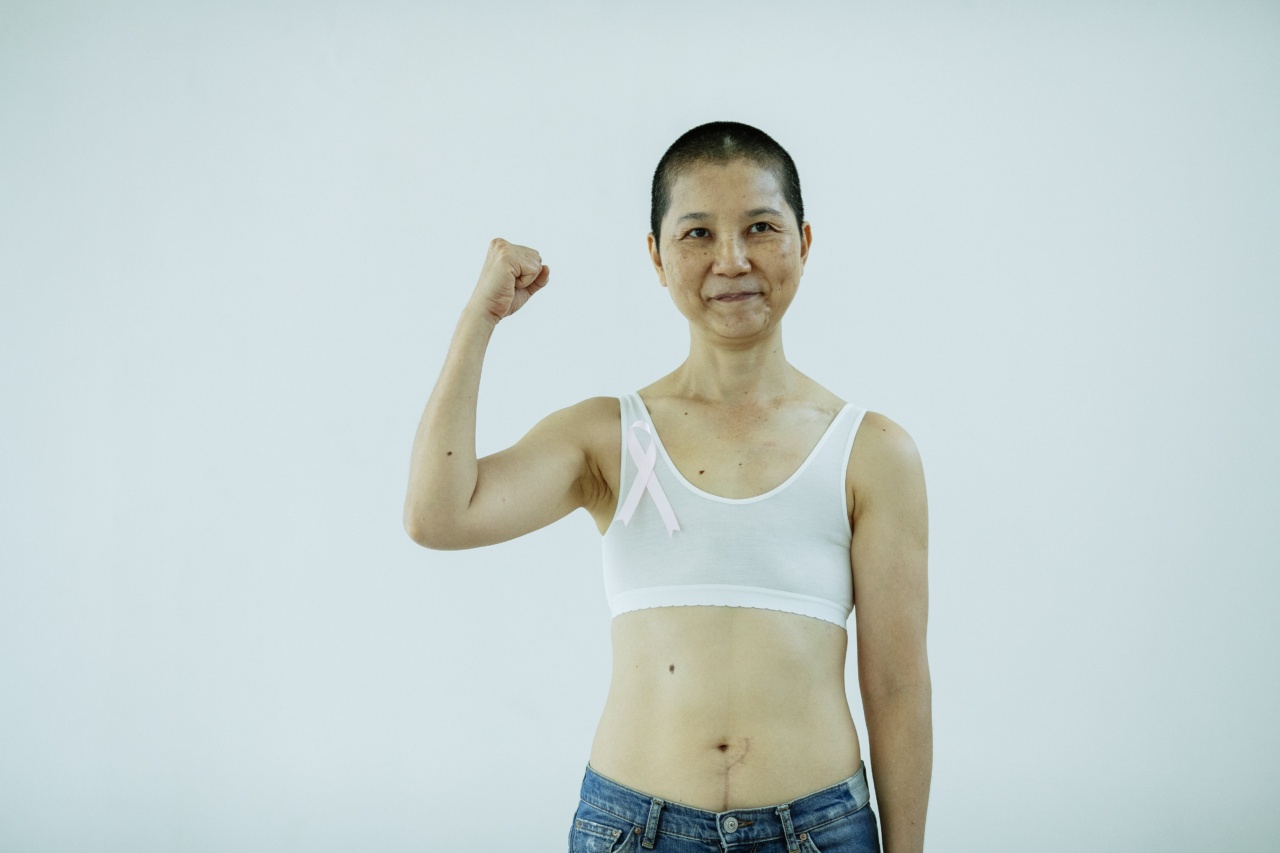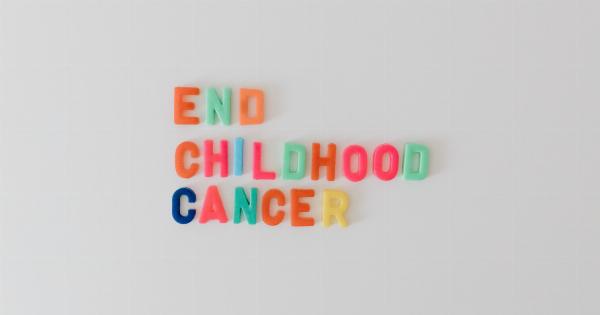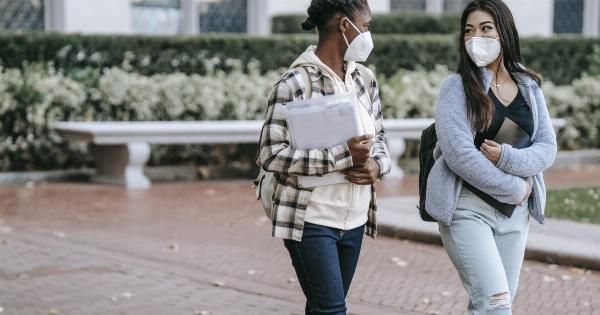Breast cancer is one of the most common types of cancer that affects women worldwide. Over the years, significant progress has been made in understanding the biology of breast cancer and developing targeted therapies to combat it.
However, researchers have now realized that a single drug may not be enough to effectively treat this complex disease. The emergence of drug combinations has opened new avenues for maximizing treatment efficacy against breast cancer.
The Need for Drug Combinations
Why are drug combinations necessary in the treatment of breast cancer? The answer lies in the heterogeneity of this disease. Breast cancer is not a single entity but rather a diverse group of diseases with varied molecular characteristics.
This heterogeneity poses a challenge for developing a uniform treatment regimen. Additionally, cancer cells can develop resistance to single drugs over time, rendering them ineffective in the long run.
Combining drugs with different mechanisms of action provides several advantages over single-drug therapies.
First, it can target different pathways involved in cancer development and progression simultaneously, leading to a more comprehensive attack on the tumor cells. Second, drug combinations have the potential to overcome drug resistance by attacking cancer cells from multiple angles.
Third, some drugs can enhance the efficacy of others by increasing their delivery to the tumor site or altering the tumor microenvironment in a way that makes it more susceptible to treatment.
Types of Drug Combinations
There are various types of drug combinations used in the treatment of breast cancer. These include:.
1. Chemotherapy Combinations
Chemotherapy is often the first-line treatment for breast cancer. In this approach, two or more chemotherapy drugs may be used together to increase their antitumor effects.
Combinations such as AC (doxorubicin and cyclophosphamide) and TAC (docetaxel, doxorubicin, and cyclophosphamide) have shown improved response rates and survival outcomes in breast cancer patients.
2. Targeted Therapy Combinations
Targeted therapies are designed to specifically inhibit molecular targets that drive cancer growth. Combining targeted therapies that target different pathways can improve treatment outcomes.
For example, combining the HER2-targeted drug trastuzumab with pertuzumab, which targets a different HER2 epitope, has shown superior efficacy in HER2-positive breast cancer.
3. Hormonal Therapy Combinations
Hormonal therapy is commonly used in hormone receptor-positive breast cancer.
The combination of hormonal therapies with different mechanisms of action, such as aromatase inhibitors and selective estrogen receptor modulators, can improve treatment responses and delay the development of resistance.
4. Immunotherapy Combinations
Immunotherapy has revolutionized cancer treatment by harnessing the body’s immune system to fight cancer cells.
Combining immunotherapies with different mechanisms of action, such as checkpoint inhibitors and chimeric antigen receptor T-cell therapy, can enhance treatment responses and increase overall survival in breast cancer patients.
Challenges and Considerations
While the potential benefits of drug combinations are promising, there are challenges and considerations that need to be addressed:.
1. Drug Interactions and Toxicity
Combining drugs can lead to unforeseen interactions and increased toxicity. It is crucial to carefully evaluate the safety and tolerability of drug combinations to minimize adverse effects on patients.
2. Optimal Sequence and Timing
The order and timing of drug administration can greatly affect treatment outcomes. Some drugs may need to be given in a specific sequence or schedule to maximize their effectiveness.
Finding the optimal combination and treatment schedule requires extensive research and clinical trials.
3. Biomarker Identification
Not all breast cancer subtypes will respond equally to each drug combination. Identifying biomarkers that can predict treatment response is important for personalized medicine.
Biomarkers such as HER2 status, hormone receptor status, and genetic mutations can help guide the selection of the most effective drug combinations for individual patients.
Future Directions
The field of drug combinations in breast cancer is rapidly evolving. Researchers are exploring novel strategies to further maximize treatment effectiveness:.
1. Rational Combinations
With advances in molecular profiling and an improved understanding of cancer biology, researchers can rationally select drug combinations based on the specific molecular characteristics of a patient’s tumor.
This personalized approach has the potential to revolutionize breast cancer treatment.
2. Combination Therapies with Other Modalities
Combining drug therapies with other treatment modalities, such as radiation therapy or surgery, can enhance treatment responses and improve patient outcomes.
The synergistic effects of such combination therapies are currently being investigated in clinical trials.
3. Overcoming Resistance
Drug resistance remains a major challenge in breast cancer treatment. Developing drug combinations that target both cancer cells and the tumor microenvironment can help overcome resistance mechanisms and improve long-term treatment outcomes.
Conclusion
Maximizing the effectiveness of breast cancer treatment requires a multi-pronged approach. The power of drug combinations cannot be underestimated in the fight against this complex disease.
By targeting multiple pathways, overcoming drug resistance, and enhancing treatment responses, drug combinations hold immense potential to improve the lives of breast cancer patients.






















